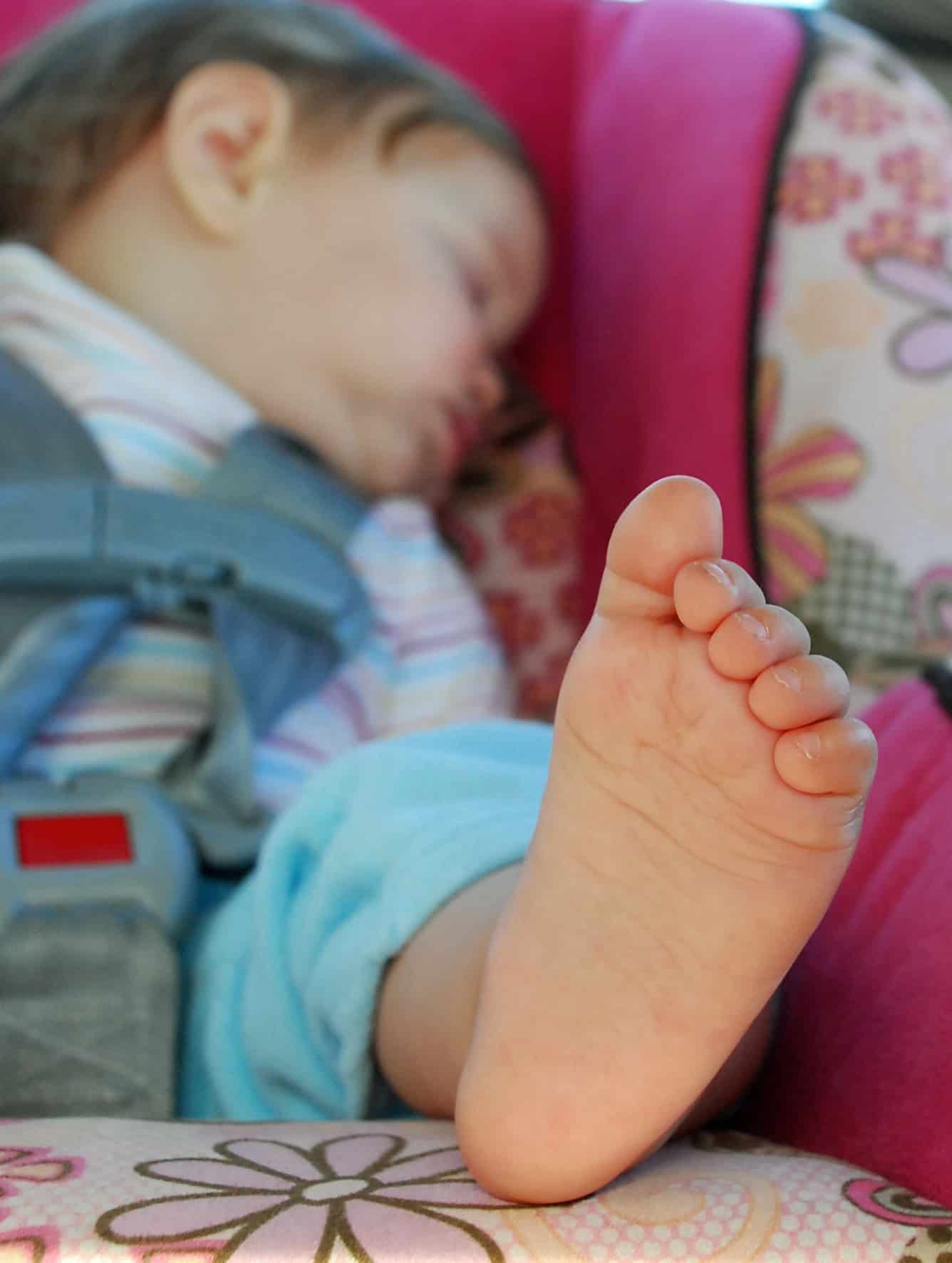The Quick & Accurate Guide to Car Seat Safety
In the U.S., vehicle crashes are the leading cause of child death. In 2018, 636 children aged 12 and under died in car crashes and 97,000 sustained injuries. According to the CDC, of the 636 children that died in these crashes for which the CDC knows the restraint information, approximately 33 percent of these children were not buckled in. With proper car seat, booster and seat belt use, many of these deaths and injuries could have been prevented.

The Key to Car Seat Safety
A lot of work goes into ensuring that car seats are designed to keep children as safe as possible. However, an amazingly designed car seat is only beneficial if it is installed correctly. Car seat safety is in the hands of the installer, which is why knowing how to correctly install a car seat is an essential skill for mom and dad.
Which Direction Should Your Child’s Car Seat Face?
It is the age and weight of the child that determines whether the car seat should face forward or towards the back. Generally, until the child is at least 2 years old, he or she should be using a rear-facing car seat. At the recommendation of the AAP, always check with your car seat manufacturer, as they may offer specific recommendations based on the age and weight of your child.
Steps to Safely Installing a Newborn Car Seat
While specific installation instructions will depend on your car seat’s manufacturer and model, there are some general safety guidelines to follow when setting up your car seat.
The car seats used for newborns typically have a base so the seat itself can serve as a carrier. Follow the instructions below, and always consult the owner’s manual to ensure safety for your child.
1
2
3
4
5
Once the car seat base is secured, it should not move more than 1 inch in any direction, side to side or front to back at the point near the seatbelt.
How to Place a Newborn Baby in a Car Seat
1. Unbuckle the straps and move them to the side. This will make it much easier to place the baby in the seat.
2. Hold the baby with one hand beneath his or her bottom and use the other hand to provide support for the baby’s neck and head.
3. Gently set the baby in the car seat, making sure that he or she is centered in between the straps.
4. Bring the baby’s right arm through the shoulder straps on the right side of the seat. Repeat this action on the left side. The straps should not be twisted, if they are, correct this problem and then move forward.
5. Once the baby is positioned in the seat, the shoulder straps should be level with or below the baby’s shoulder. If this is not the case, the baby must be removed from the seat, so the straps can be properly adjusted.
6. First, fasten the buckle that sits across the baby’s chest.
7. Fasten the buckles between his or her legs.
8. Now, slide the chest buckle to the point where it is armpit-level. This buckle should not be over the newborn’s neck or abdomen.
9. Once the buckle is in the center of the chest, click the ends together.
10. Find the ends that are in between the baby’s legs, slide them over, so they can be attached, click them in place.
11. Adjust the car seat’s straps to the point where two fingers can be slid under them. If the two fingers cannot slide under the straps, then they are too tight. If more than two fingers fit under the straps, they are too loose. You can also use the “pinch test” to test the tightness level. Try to pinch the seat’s shoulder harness; if you are able to pinch any of the straps, then they are too loose.

All buckles must be facing forward and none of the straps can be twisted.
Now that the baby is secured in the car seat, if it is cold, place a blanket over the baby (from the shoulders down) and tuck it in along the sides.
Unless a head support came with the car seat, parents can use a tightly rolled blanket as a head support. Once the blanket is rolled, just place it over the top of the baby’s head tucking the ends under his or her shoulders.
Babies must never be placed in their car seat while wrapped in a blanket or wearing a coat. This is an extremely important aspect of newborn car seat safety because the coat or blanket reduces the effectiveness of the car seat.
What Kind of Car Seat Do I Need?
The car seat used for newborns consists of a base and a car seat that also serves as a carrier. The car seat should be placed in the back seat, facing the rear. This is the safest position for a child until he or she turns two years old and has reached the height and weight limit for the rear-facing car seat. A car seat should never be placed near an airbag.
Car seats are designed with weight and height limits. This information is located on the side or the back of the seat. Parents can use this information to determine when their child can change from a car seat to a booster and so on.
Have Questions About How to Keep Your Child Safe?
The Cameron Hospital pediatricians are experts in childhood health and safety. During your child’s routine wellness visits, talk to your provider about any concerns or questions you have. Your pediatrician can help you make the most informed decision about which car seat to buy, how to install, and when to adjust your seat based on your child’s age and physical development.
©2024 Cameron Memorial Community Hospital
416 E. Maumee Street, Angola, IN 46703
